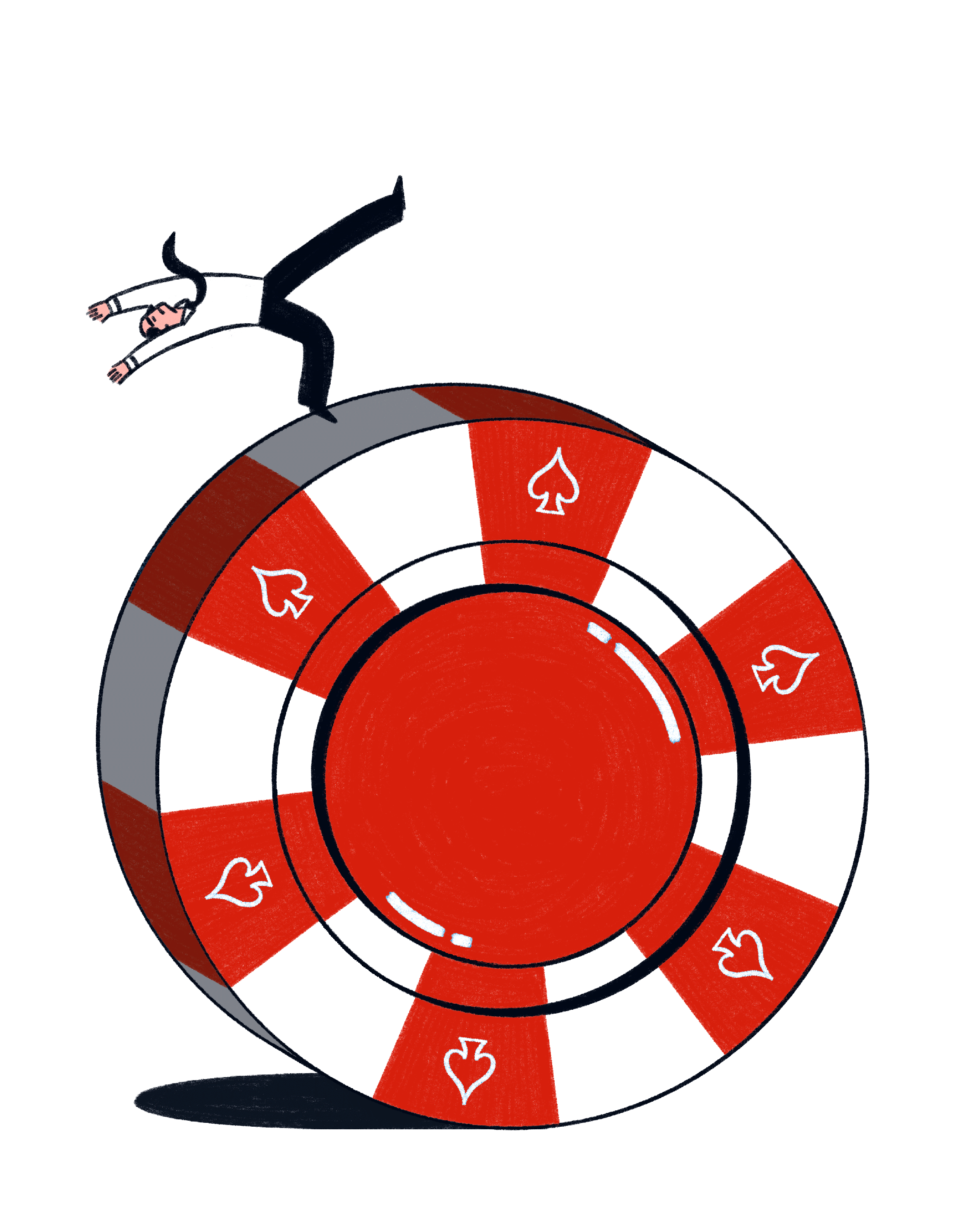If you’ve been enjoying these curated article summaries that dive into cultural, creative, and technological currents, you may find the discussions and analyses on our Substack page worthwhile as well. There, I explore themes and ideas that often intersect with the subjects covered in the articles I come across during my curation process.
While this curation simply aims to surface compelling pieces, our Substack writings delve deeper into topics that have piqued our curiosity over time. From examining the manifestation of language shaping our reality to unpacking philosophical undercurrents in society, our Substack serves as an outlet to unpack our perspectives on the notable trends and undercurrents reflected in these curated readings.
So if any of the articles here have stoked your intellectual interests, I invite you to carry that engagement over to our Substack, where we discuss related matters in more depth. Consider it an extension of the curation – a space to further engage with the fascinating ideas these pieces have surfaced.
On a June evening that was pleasantly warm in East Hampton and too hot almost everywhere else, Ina Garten and her husband, Jeffrey, picked me up for dinner in a Mini Cooper convertible. It was one of many on the roads of Long Island’s East End. (“There was a Mini showroom in Southampton,” Garten, who has lived in East Hampton since 1985, later told me. “If it was a nice day, you went over and bought one.”) Garten’s is cream-colored, which suits her role as America’s reigning queen of tastefully deployed butterfat. For almost twenty years, Garten ran a food store in the Hamptons called the Barefoot Contessa, which catered to vacationing New York and Hollywood élites; then, starting in 1999, she published a series of best-selling cookbooks and starred in a show on the Food Network which turned her into the beloved national figure she has comfortably remained. From the beginning, her style was indulgent and inviting rather than polished and showy. “She’s the aunt that everybody wishes they had,” Kerry Diamond, the founder of the food magazine Cherry Bombe, told me. “She’s funny. She’s rich. She’ll let you eat the chocolate cake your mother said you couldn’t have.”
I had come to East Hampton to spend a few days with Garten in her domain, in anticipation of “Be Ready When the Luck Happens,” a memoir she co-wrote with Deborah Davis, which Crown will publish in October. “We are VERY casual so don’t pack any evening gowns!” Garten had advised in an e-mail. “xxxx Ina.” She offered to lend me the Mini during my stay, and, when I declined, to pick me up from the Jitney, which is what a bus is called in the Hamptons.
Her current TV show, “Be My Guest,” which premièred on the Food Network in 2022, makes literal her place as Everyone’s Favorite Hostess: she invites such well-known personalities as Jennifer Garner, Danny Meyer, and Stanley Tucci—many of whom are or have become friends—to her home to cook, drink, eat, and be interviewed. (David Remnick, the editor of this magazine, once joined her to make chicken cutlets.) At the beginning of each episode, we see her celebrity guest in their car, heading to East Hampton, often expressing giddy enthusiasm at the prospect of a day with Garten. These visitors, needless to say, do not take the bus. Still, Garten was determined to host me as thoroughly as she could, and had arranged for a montage of entertainments during my stay: dinners out, dinner in, a charity tour of her garden. “As Alfred Hitchcock said, movies are like life with the boring parts cut out,” she told me, explaining her approach to my visit. In person, her voice is throatier than it sounds on TV—the ideal register for a dinner party.
On that first night, Garten was behind the wheel and Jeffrey was tucked, gamely if a bit creakily, in the back seat. The two have been married for more than fifty years. She calls him Babe; he calls her Ine. He is short, but she is shorter. The early evening was bright as we drove east on Route 27 toward Mostrador, a restaurant at a beach hotel in Montauk where diners can sit on chairs in the sand. Garten, who is recognized everywhere she goes in the Hamptons, wore a straw hat that she kept pulled low. Jeffrey wore a Barefoot Contessa baseball cap.
Read the rest of this article at: The New Yorker
Oh my, there’s quite a barrel-full of assumptions in this question, Wassan — not least the fact that there are a great many famous philosophers either still alive or in living memory. But I shall take the question in the spirit it was intended, which is to wonder about the decline in philosophy as a discipline more broadly. Where are all the public philosophers? Where is the forum full of bearded men pointing fingers at the sky to press home some decisive point? Where have intellectual maturity and debate gone?
To dig into this question, we’ll have to dig into the nature and history of philosophy itself. To force a semblance of order to things, I’ll steer it into a two-sided debate. First, we’ll consider the idea that philosophy is dying (or dead) and why that might be. Then, we’ll consider the counterargument to argue that not only is philosophy as a discipline thriving, but philosophy as a practice permeates everything we do. In the end, we’ll look at what the facts have to say and drag this column provocatively close to that lab-coated ally known as “evidence.”
Goggles on, philosophers, we’ve got some navel-gazing to do.
When philosophers talk about philosophy, they usually divide the subject into two: analytic philosophy and continental philosophy. While the two belong to the same family, they’ll also often scowl at each other across the Christmas table. Analytic philosophy — traditionally popular in the anglophone tradition — is about logic, linguistics, and metaphysics. It’s about carefully presented premises leading to unavoidable conclusions. It can often look like math in a bad disguise. Continental philosophy — popular on the European mainland — tends to be more human. It’s about existentialism, personal identity, religion, and finding our place in the world. It’s often far more readable and accessible than some analytic philosophy. As Captain Holt humorously commented in Brooklyn Nine-Nine, “Any French philosophy post-Rousseau is essentially a magazine.”
Read the rest of this article at: Big Think
After following a trail under hydroelectric lines and through Douglas fir forest, Rowan Rampton, then a graduate student in biology at the University of Calgary, emerges in a scrubby high-elevation grassland outside Castlegar in the west Kootenay mountains of British Columbia. The meadow is strewn with green-tinged serpentine rocks and alpine plants he’s hardly ever encountered before: purple onion grass, bitterroot, limestone hawksbeard. This is it, the botanical treasure chest he was steered to by a local botanist—a rich patch of biodiversity in an increasingly barren world, humming with life. Rampton unpacks his gear and gets busy catching bees.
His luck works for and against him that sunny June day, two summers ago. He quickly realizes he’s forgotten his ethanol for euthanizing specimens, so the eight plastic vials in his backpack will only hold one live bee each instead of scores of dead ones. But the constraint forces him to be choosy, collecting only bees he’s never seen before. Common bumblebees, pass; sweat bees, pass. He’s just about to head back with a handful of promising specimens when a tiny dark bee, smaller than an apple seed, on a bright yellow sedum flower catches his eye.
Read the rest of this article at: Hakai
Keeping a poker face had never struck me as much of a feat—until I had to keep one. My pulse quickened, my cheeks felt flushed, and my eyes were desperate to dart and size up the pot. What had been a mediocre hand was transformed, after the flop came down, into something spectacular: every card from seven to jack—a straight. All that remained was to play it cool and build up my cash prize. The bets started small, and then grew. The next two cards looked innocuous enough. My beautiful straight was intact, and the pot had expanded rather nicely.
Truthfully, I’ve never been much of a gambling man. My previous experience was limited to a few college poker nights during which my friends would hastily explain the difference between a straight and a full house and then rake in my charitable contributions to their respective beer funds. You could safely call me risk-averse. In fact, the only really reckless financial bet I can recall making was deciding to become a professional journalist.
Nate Silver, America’s most famous elections prognosticator, got me to cut loose. His new book, “On the Edge: The Art of Risking Everything” (Penguin), uses poker as a model for responding to uncertainty. Having drawn the lot of reviewing it, I realized that I couldn’t do it justice without learning more about poker—specifically Texas hold ’em. “On the Edge,” like his previous book, “The Signal and the Noise,” is a hefty set of meditations on probabilistic thinking, only this time the author is taking in broader horizons. Silver left FiveThirtyEight, the statistics-based news site that he founded and sold to Disney, but is still in the business of predicting election results. Yet his first love is poker—he once played it professionally—and “On the Edge” sees him return to that passion.
“I still feel more at home in a casino than at a political convention,” Silver writes in the new book, a treatise that extends the lessons of poker and modern gambling to arenas like artificial intelligence and ethics. He has spent time interviewing such notables as William MacAskill, the philosopher-evangelist of effective altruism; Sam Bankman-Fried, the now disgraced cryptocurrency billionaire; and Sam Altman, the C.E.O. of OpenAI. The people changing the world are doing it by thinking like poker players, Silver contends. If we want to keep up, we’ll have to learn the mind-set of the successful gambler.
Read the rest of this article at: The New Yorker
In late 2017, Ashwin Sah and Mehtaab Sawhney met as undergraduates at the Massachusetts Institute of Technology. Since then, the pair have written a mind-boggling 57 math proofs together, many of them profound advances in various fields.
In February, Sah and Sawhney announced yet another joint accomplishment. With James Leng, a graduate student at UCLA, they obtained a long-sought improvement on an estimate of how big sets of integers can get before they must contain sequences of evenly spaced numbers, like {9, 19, 29, 39, 49} or {30, 60, 90, 120}. The proof joins a long line of work on the mathematical impossibility of complete disorder. It also marks the first progress in decades on one of the biggest unsolved problems in the field of combinatorics.
“It’s phenomenally impressive that they managed to do this,” said Ben Green, a mathematician at the University of Oxford. At the time the work was released, the trio were all still in graduate school.
Sequences of regularly spaced numbers are called arithmetic progressions. Though they’re simple patterns, they hide astounding mathematical complexity. And they’re difficult, often impossible, to avoid, no matter how hard you might try.
In 1936, the mathematicians Paul Erdős and Pál Turán conjectured that if a set consists of a nonzero fraction of the whole numbers—even if it’s just 0.00000001 percent—then it must contain arbitrarily long arithmetic progressions. The only sets that can avoid arithmetic progressions are those that comprise a “negligible” portion of the whole numbers. For example, the set {2, 4, 8, 16, …}, in which each number doubles the one before it, is so spread out along the number line that it’s said to make up 0 percent of the whole numbers. This set has no progressions.
Forty years later, in 1975, a mathematician named Endre Szemerédi proved the conjecture. His work spawned multiple lines of research that mathematicians are still exploring today. “Many of the ideas from his proof grew into worlds of their own,” said Yufei Zhao, Sah and Sawhney’s doctoral adviser at MIT.
Mathematicians have built on Szemerédi’s result in the context of finite sets of numbers. In this case, you start with a limited pool—every integer between 1 and some number N. What’s the largest fraction of the starting pool you can use in your set before you inevitably include a forbidden progression? And how does that fraction change as N changes?
For example, let N be 20. How many of these 20 numbers can you write down while still avoiding progressions that are, say, five or more numbers long? The answer, it turns out, is 16—80 percent of the starting pool.
Read the rest of this article at: Wired





